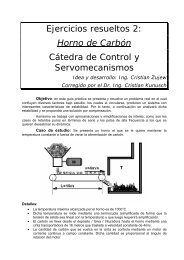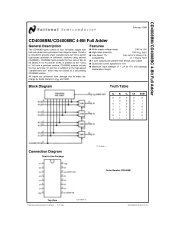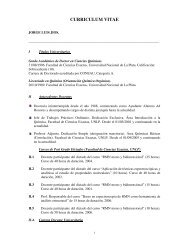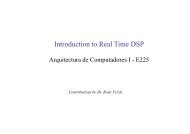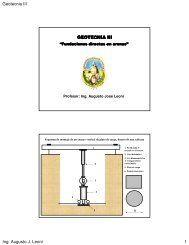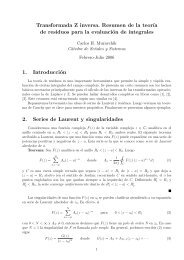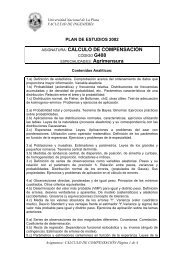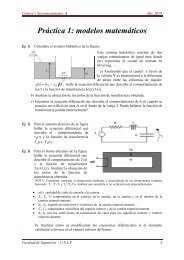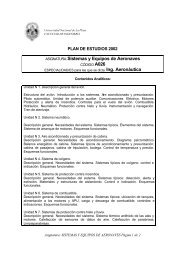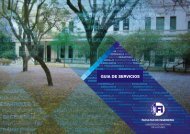ABCs of ADCs - Analog-to-Digital Converter Basics (PDF)
ABCs of ADCs - Analog-to-Digital Converter Basics (PDF)
ABCs of ADCs - Analog-to-Digital Converter Basics (PDF)
You also want an ePaper? Increase the reach of your titles
YUMPU automatically turns print PDFs into web optimized ePapers that Google loves.
1Signal-<strong>to</strong>-Noise and Dis<strong>to</strong>rtion(SINAD)SINAD = -20 * Log10 -SNR10+ 10 THD10SINAD = 10 * Log110 -SNR10+ 10 THD1021Signal-<strong>to</strong>-Noise And Dis<strong>to</strong>rtion (SINAD) or Signal-<strong>to</strong>-Noise and Dis<strong>to</strong>rtion Ratio (SNDR), orSignal-<strong>to</strong>-Noise Plus Dis<strong>to</strong>rtion (S/N+D), is a combination <strong>of</strong> the SNR and the THDspecifications. It is defined as the RMS value <strong>of</strong> the output signal <strong>to</strong> the RMS value <strong>of</strong> all <strong>of</strong> theother spectral components below half the clock frequency, including harmonics but excludingdc, and can be calculated from SNR and THD according <strong>to</strong> either <strong>of</strong> the the formula here.Because it compares all undesired frequency components with the input frequency, it is anoverall measure <strong>of</strong> ADC dynamic performance.Since SINAD incorporates both SNR and THD with equal weighting, SINAD might appear <strong>to</strong>be maximum when SNR and –THD are equal <strong>to</strong> each other. However, modern <strong>ADCs</strong> exhibitsuch low dis<strong>to</strong>rtion that SNR never approaches –THD very closely and SINAD tends <strong>to</strong> bemaximum at or very near a full-scale input, assuming the system response is adequate.<strong>ABCs</strong> <strong>of</strong> <strong>ADCs</strong> - Rev 3, June 2006Authored by: Nicholas “Nick” Gray21Copyright © 2003, 2004, 2006 National Semiconduc<strong>to</strong>rCorporationAll rights reserved



